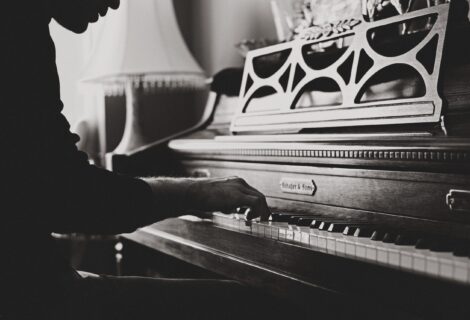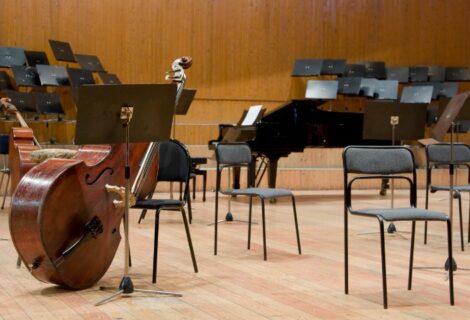Audition Video Tips!
Tryout season will before long arrive! Is it true that you are ready with refreshed materials that ad […]
Tryout season will before long arrive! Is it true that you are ready with refreshed materials that ad […]

Tryouts are the principal little strides towards any entertainer’s fantasy. You should be cert […]

Self-tapes are turning into the eventual fate of trying out for such countless reasons; it’s m […]

So you have the opportunity to do a video tryout? Take it! In the event that a Casting Director requ […]

As a matter of first importance, what is a self-tape? Self-tapes are turning out to be increasingly m […]

Tryout For Vocal Competitions: In case you’re choosing old style tryout melodies for a vocal co […]

Audition For Undergraduate and Graduate Programs: Ensure you have a Mozart aria! He’s the bread […]

It’s fundamental that each fach (operatic voice type) has a strong aria in English. Almost eac […]

For these sorts of tryouts, you should consider the “party hits” of traditional music! T […]

In case you’re an entertainer, you most likely definitely know the best perky pop tryout tunes […]

MY CUBE ENTERTAINMENT AUDITION EXPERIENCE! It’s been outrageously since a long time ago my last […]

Proficient Music Qualification Will Help You Get Plum Jobs The American music industry develope […]